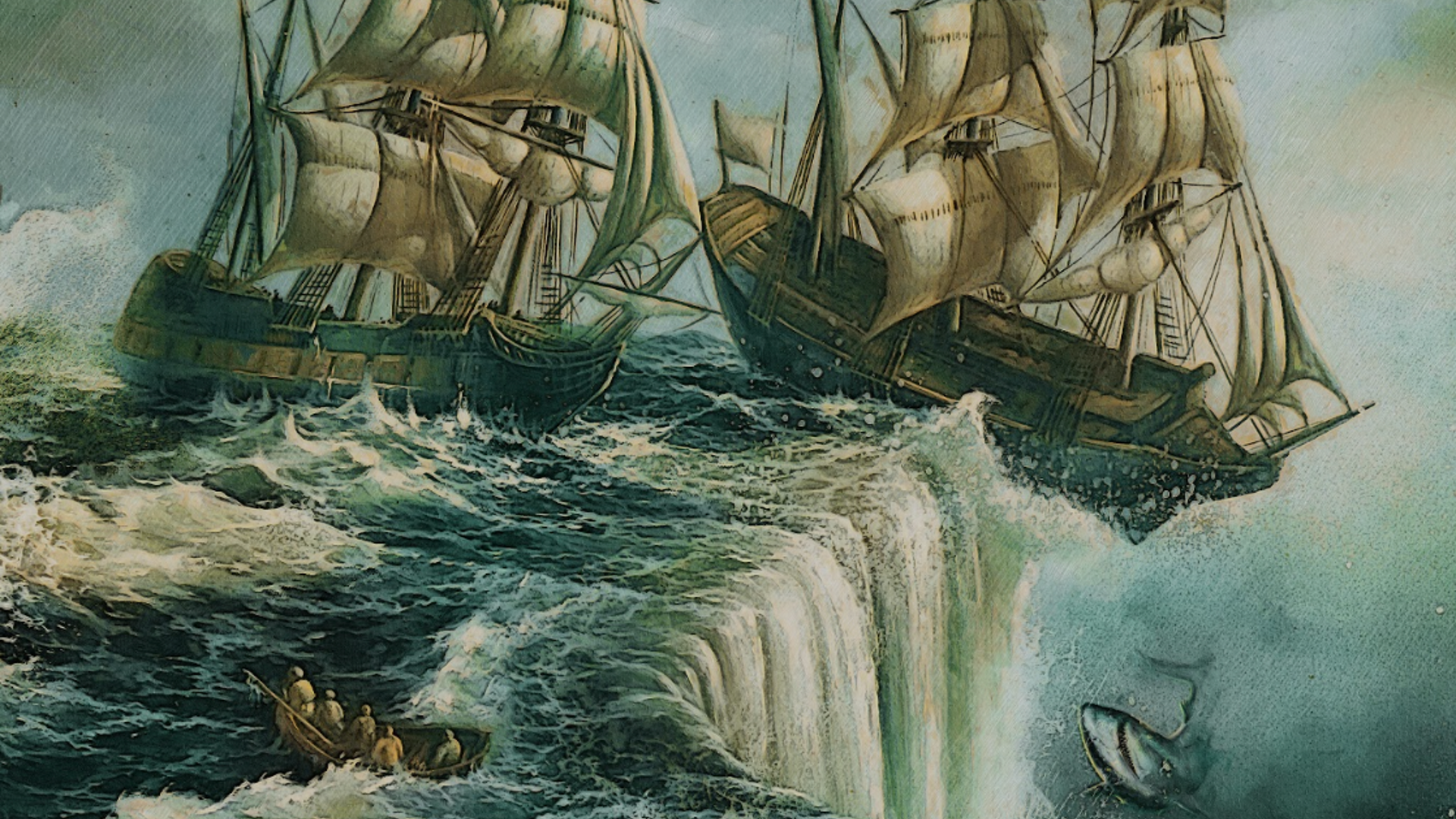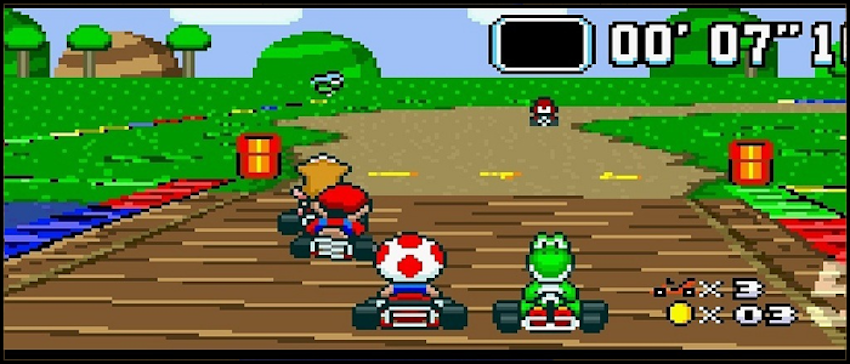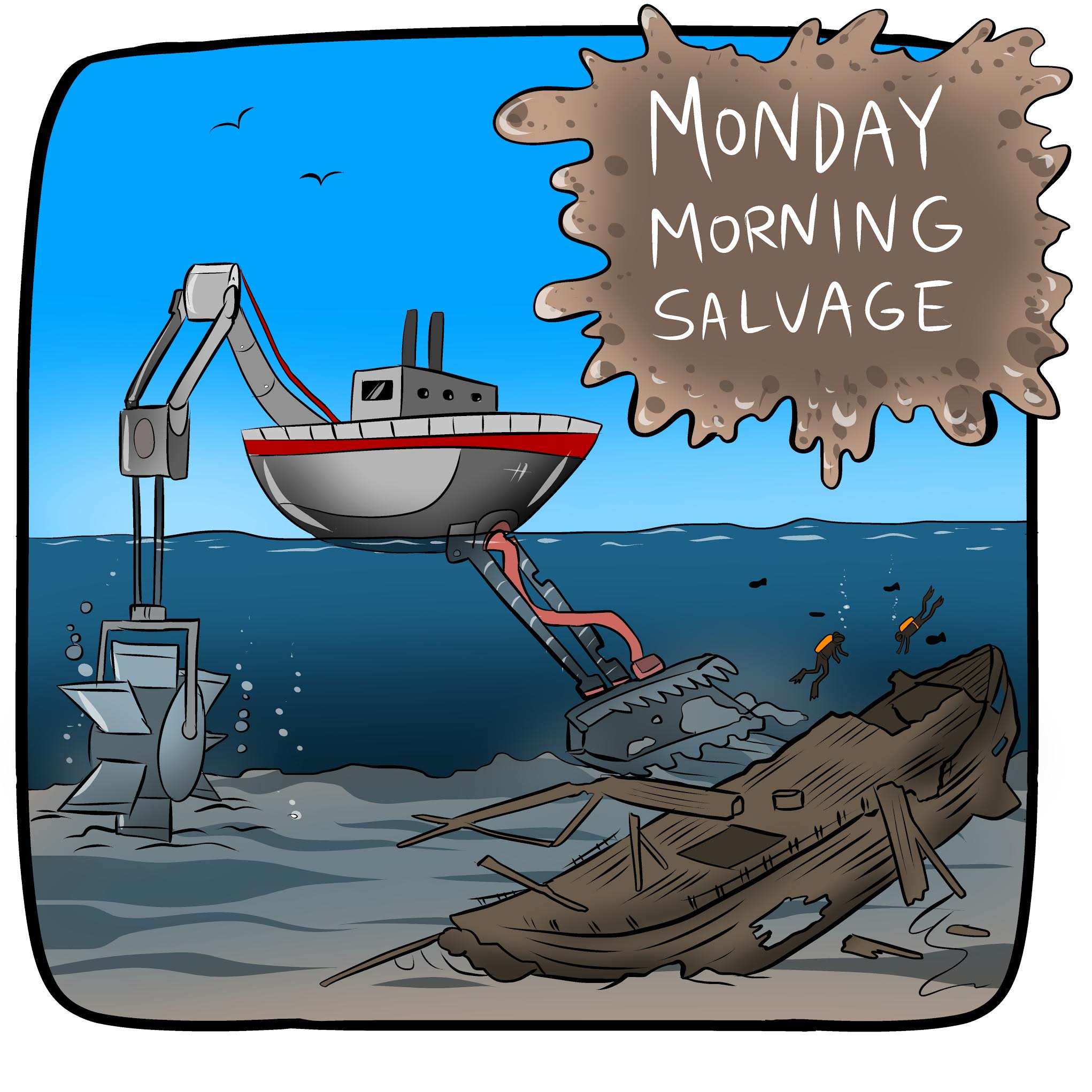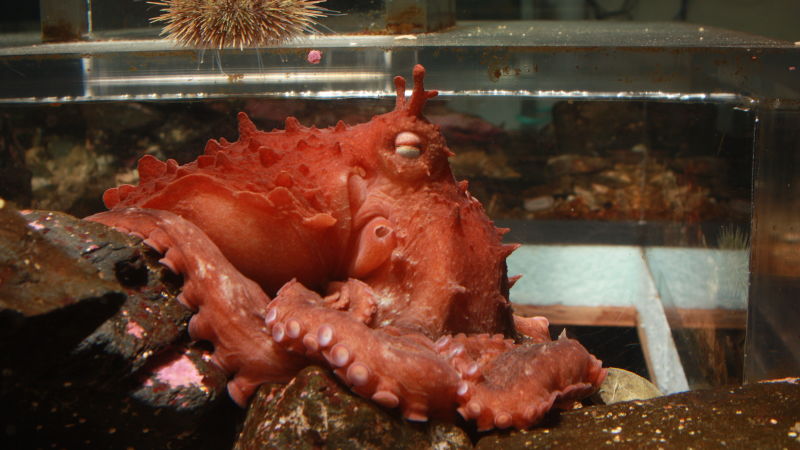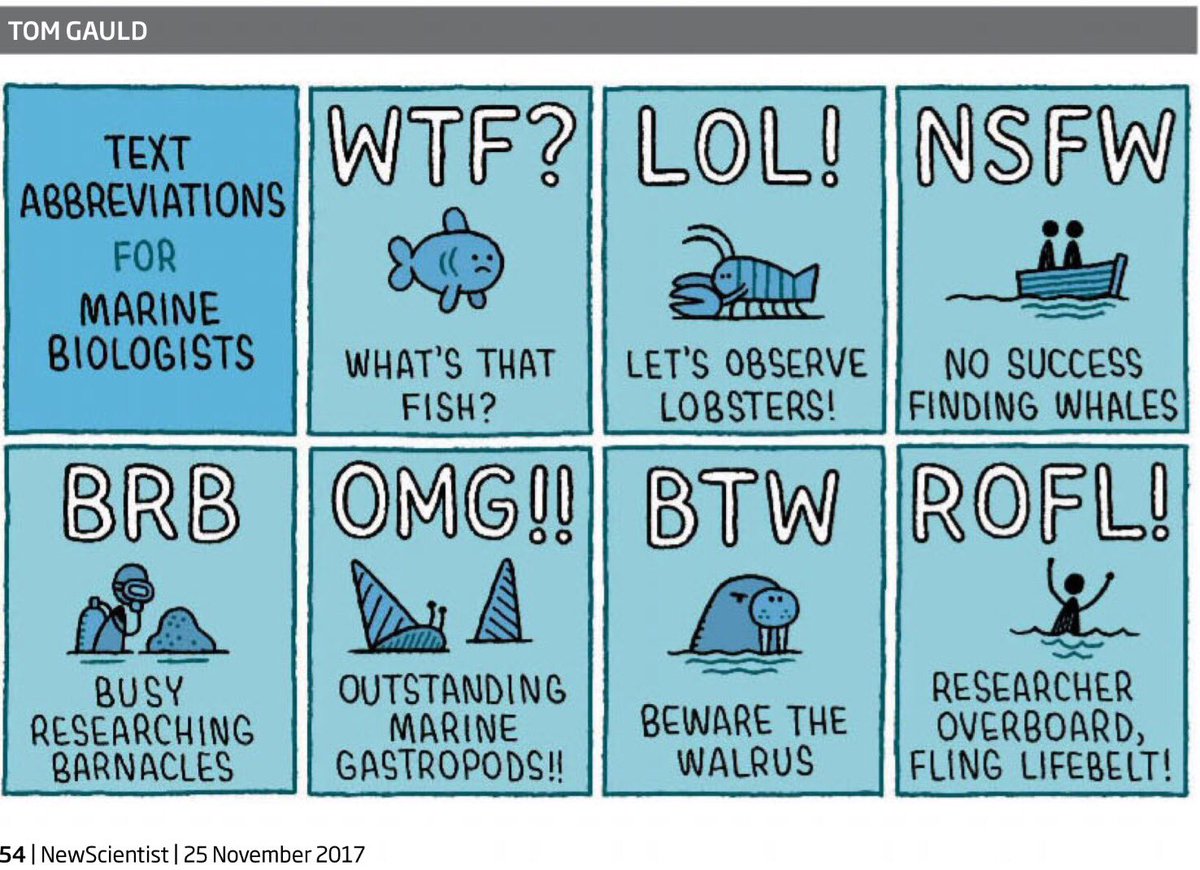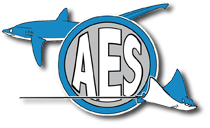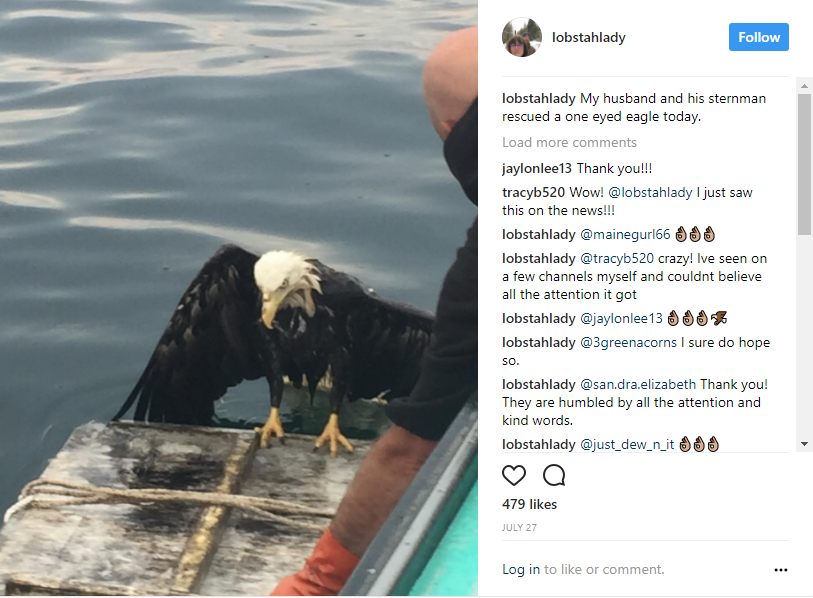Many friendships in the 90s were built or lost over who got to select their Mario Kart character first because character selection largely determined whether or not you would win. SNES Mario Kart designers tried to correct this by crafting tracks that favored one character over others, guaranteeing a win on at least one race. Bowser’s fast top speed and drifting skills made them the best suited character for Bowser Castle’s sharp turns and straightaways. The icy pools of Vanilla Lake smiled upon Koopa Troopa and Toad’s tight handling and minimal drift, but that was arguably the only track they could dominate.
Now imagine another version of Mario Kart, but instead of a variety of different tracks that celebrate different strengths, every track was built by Mario. With Mario as an architect, it’s highly likely that every track would favor his particular set of (minimal) strengths. This would give the non-Mario players an unintended disadvantage since they would never get a chance to excel with their diverse skills, and the majority of races would consequently be won by Marios. In many places, this is the current state of academia.
